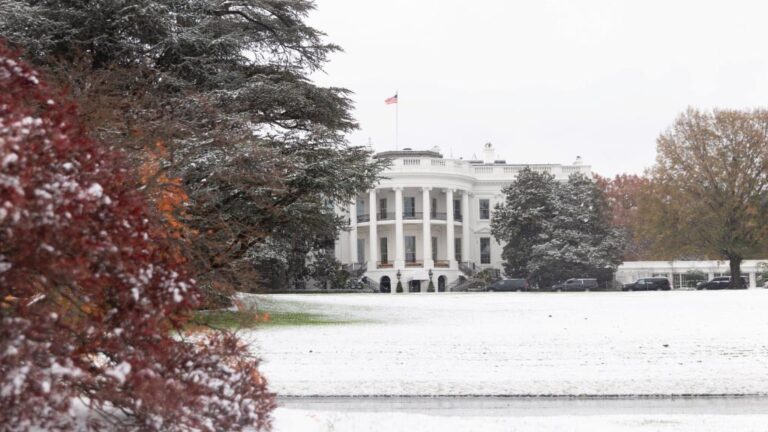Thursday, January 1st 1863 was a bright and crispy day in Washington D.C. The sky was clear and the wind biting and dry, making the great magnolia trees sway back and forth on the White House south lawn. That morning, Abraham Lincoln got out of bed exceptionally early. He had so much to do, but wanted to put his finishing touches on the emancipation proclamation, the bill which would declare all 3.5 million American slaves as free.
Lincoln was in civil war against the Southern states, the Confederate, where the emancipation bill sparked outrage. Even though it was signed into law, some refused to accept it. And so in 1865, during a speech in which Lincoln embraced the idea of granting suffrage to former slaves, John Wilkes Booth had enough. Two days later, he shot Lincoln in the back of his head.
Now, before we get lost in the American past, which is quite easy frankly, there is a major take-away from the history on this issue. Making something illegal does not make it disappear. Despite Lincoln’s efforts and the emancipation bill being signed into law, slavery would continue. And today, 150 years later, it still persists around the world. It just takes other, modern, forms like forced labour, child labour and outright sale and inheritance of women.
This is what is up for scrutiny in this issue of FUF Magazine. We will take you from Afghanistan, through Kyrgyzstan, the Vatican, Qatar, India, Côte d’Ivoire and Mexico, to Italy. To the very least, however, we do not have to worry about John Wilkes Booth anymore. He was himself shot in the neck by Boston Corbett, a man who later on, ironically enough, was the one sent to an insane asylum.
Have a good read!
You can read all the articles here or the entire magazine in pdf-version here.


